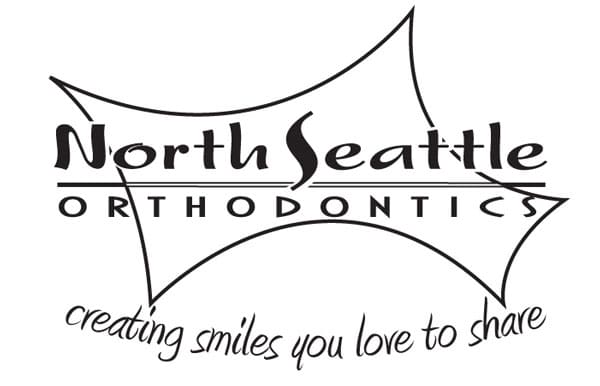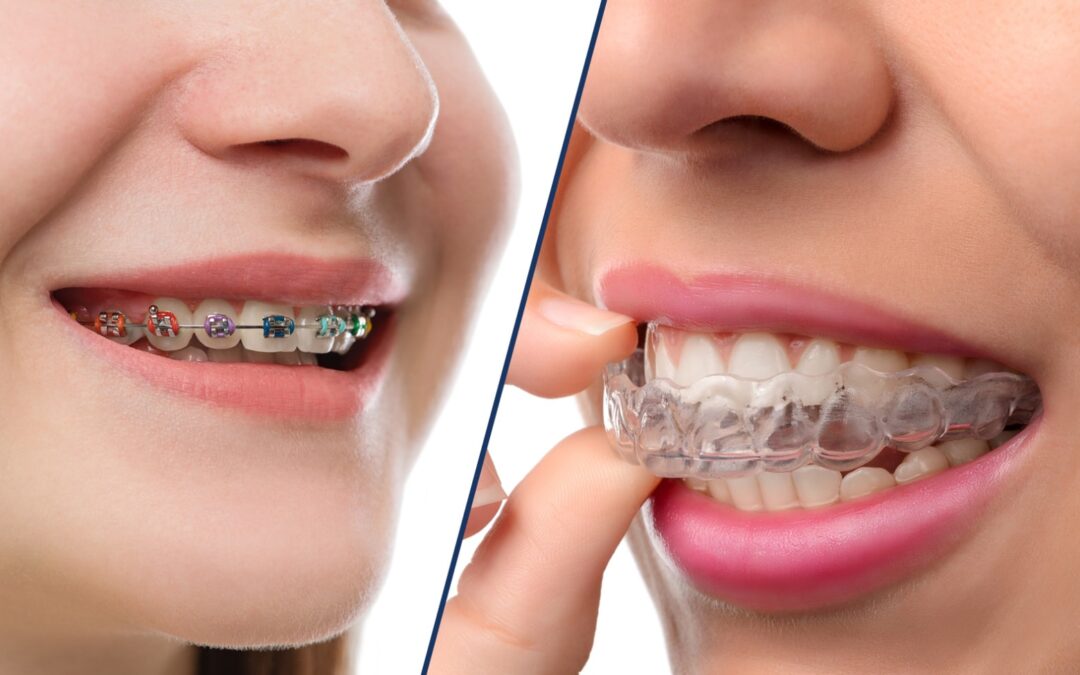Metal vs Clear Braces: Which One Should You Choose?
Orthodontic treatment has come a long way in recent years, providing individuals with a variety of options to achieve a straighter and healthier smile. Among these options, metal and clear braces stand out as two popular choices. While both aim to correct misaligned teeth and improve oral health, they have distinct characteristics that may make one more suitable than the other depending on individual preferences and needs. In this blog, we will explore the pros and cons of metal and clear braces, helping patients make informed decisions about their orthodontic journey.
Metal Braces
Pros
- Effective for Complex Cases: Metal braces, also known as traditional braces, have a long-standing reputation for their effectiveness in treating a wide range of orthodontic issues. From severe misalignment to bite problems, metal braces can handle even the most complex cases.
- Affordability: One of the most significant advantages of metal braces is their affordability. They are generally more cost-effective compared to other orthodontic options, making them accessible to a broader range of patients.
- Durability: Metal braces are made from high-grade stainless steel, making them exceptionally durable. They can withstand the forces exerted during orthodontic adjustments and are less likely to break or chip.
- Customization: While the fundamental design of metal braces remains consistent, patients can choose from a variety of colored bands to personalize their look. This can make wearing braces a bit more fun, especially for younger patients.
Cons
- Aesthetic Concerns: The most significant drawback of metal braces is their visibility. The conspicuous appearance of metal brackets and wires can lead to self-consciousness, particularly among adults and teenagers.
- Discomfort: The presence of metal components can sometimes lead to discomfort and irritation inside the mouth. The brackets and wires may cause abrasions on the cheeks and lips until the mouth adjusts to their presence.
- Oral Hygiene Challenges: Maintaining good oral hygiene can be a bit more challenging with metal braces. Food particles can become trapped around the brackets and wires, increasing the risk of plaque buildup and potential tooth decay.
Clear Braces
Pros
- Aesthetic Appeal: Clear braces, also known as ceramic braces, are a popular choice for individuals who prioritize aesthetics. The braces are made from a translucent or tooth-colored material, making them less noticeable than traditional metal braces.
- Effective Treatment: Clear braces are highly effective in treating a variety of orthodontic issues, similar to metal braces. They can address cases ranging from mild misalignment to more complex problems.
- Less Visible: The primary advantage of clear braces is their discreet appearance. The braces blend in with the natural color of teeth, making them a preferred choice for individuals who want to maintain a more natural smile during their orthodontic treatment.
- Durability: While not as robust as metal braces, modern ceramic braces are still durable and less likely to stain or discolor throughout the treatment period.
Cons
- Cost: Clear braces tend to be more expensive than traditional metal braces. The materials used and the manufacturing process contribute to their higher price point, which may be a limiting factor for some individuals.
- Potential for Staining: Although modern clear braces are designed to resist staining, certain foods and beverages like coffee, tea and sodas can discolor the clear braces over time, affecting their aesthetic appeal.
- Fragility: Clear braces are generally more brittle than metal braces. While advancements have been made in improving their strength, there is still a higher risk of them breaking or chipping, especially when subjected to excessive force.
- Treatment Time: In some cases, treatment with clear braces may take slightly longer compared to metal braces. This is due to the material properties of ceramic, which may need gentler adjustments to prevent brace damage.
Conclusion
The choice between metal and clear braces depends on a variety of factors, including individual preferences, lifestyle, severity of orthodontic issues, and budget considerations. Metal braces offer affordability, durability, and effective treatment, but they can be visually conspicuous and may present some discomfort. On the other hand, clear braces provide a discreet appearance and are suitable for various orthodontic cases, but they can be costlier and require more careful maintenance to avoid staining and breakage.
Patients seeking orthodontic treatment should consult with their orthodontist to discuss their unique situation and determine the best option for their needs. Modern dentistry provides a plethora of choices, ensuring that individuals can achieve a healthier and more confident smile regardless of their preferred treatment method. Whether the choice is metal or clear braces, the ultimate goal remains the same: achieving optimal oral health and a beautiful smile, and here at North Seattle Orthodontics we can help you achieve that. Call today and schedule an appointment to find out which option is the best for you.

